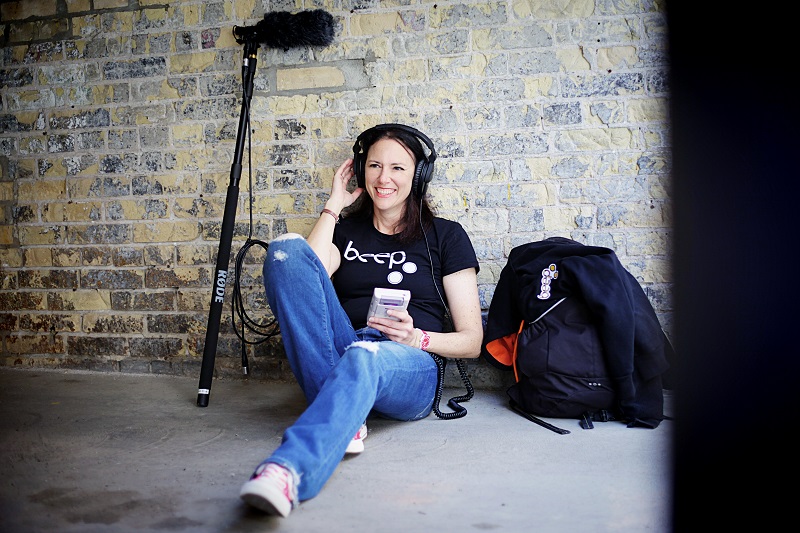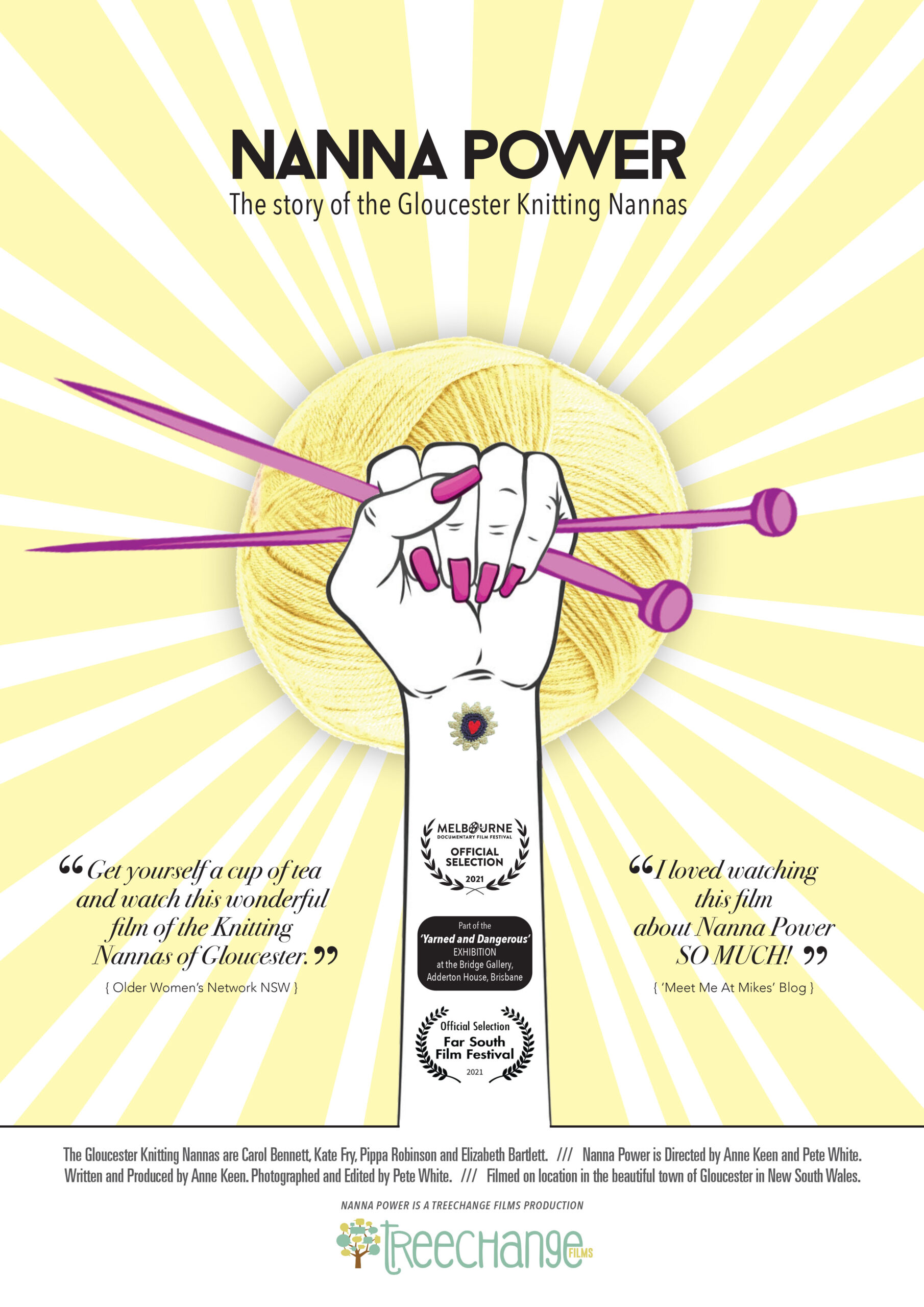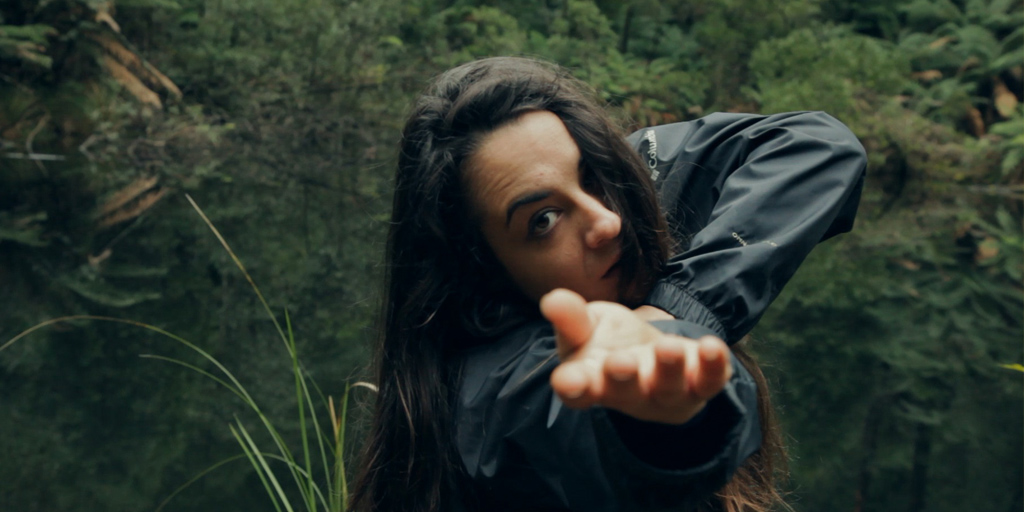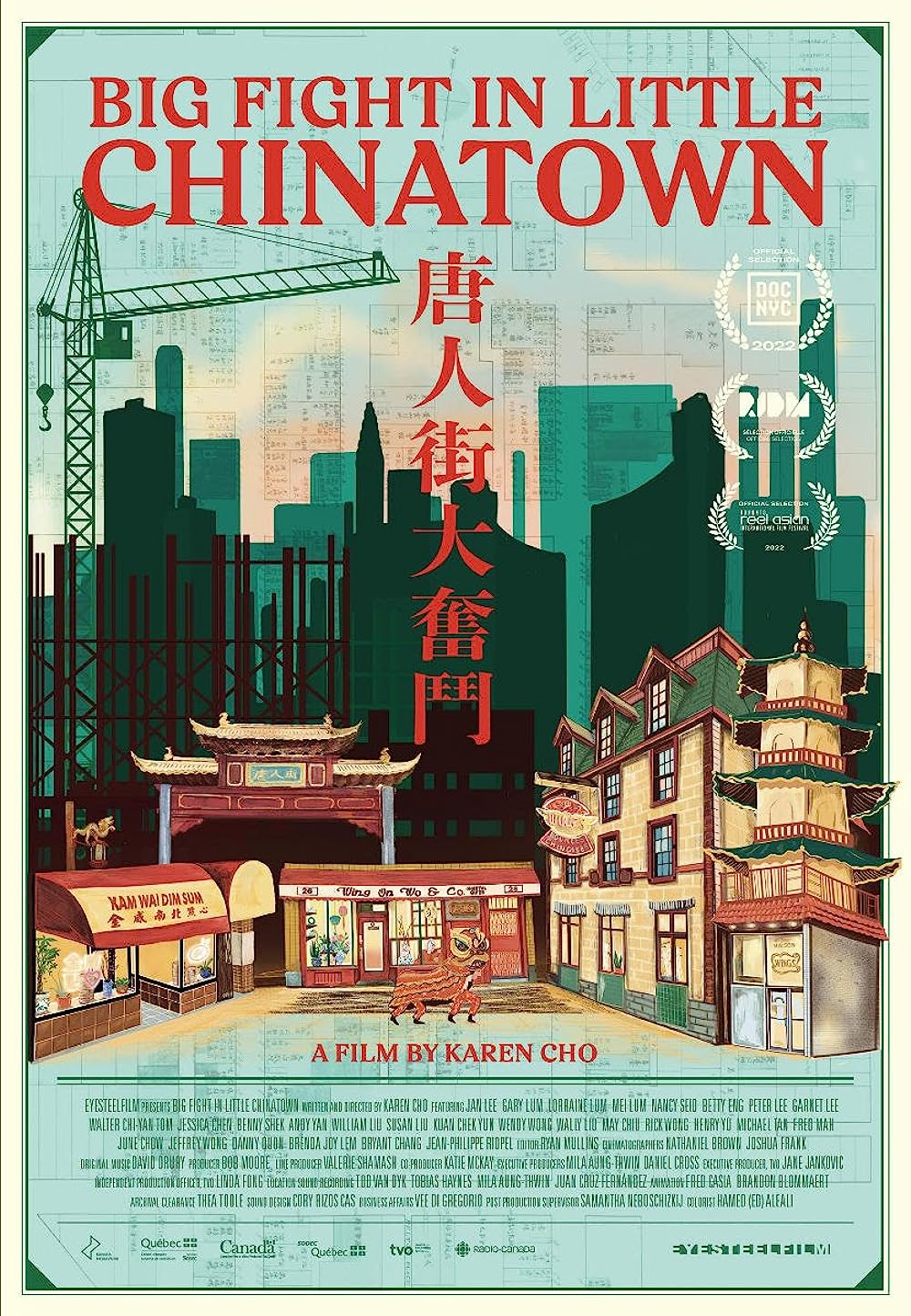Making its Asia-Pacific premiere at the Melbourne Documentary Film Festival on July 10th, “Beep: A Documentary History of Game Sound” is a magnificent exploration of video game sound design featuring over 80 interviews with some of the most well known and influential game audio professionals from around the world.
While we all recognize how important sound is to film, it is also an indispensable part of any memorable gaming experience.
Think about. What is the first video game you ever played? What do you remember most about it?
For me, that game was “Duck Hunt” and what I remember most is the laugh of the smug hunting dog who would appear from behind the blades of 8-bit grass, paws clasped to its mouth, giggling any time a shot was missed. That laugh is nothing like a traditional laugh, yet it’s wonky cartoon trill is absolute perfection, antagonizing you to keep playing as though you must prove yourself to the snickering on-screen mascot.
Take away the sound from any video game and what you’re left with is a weakened experience.
“Beep” director Karen Collins knows the value of sound. A respected scholar in the field of game audio, Collins has published four books on the topic and is currently the Canada Research Chair in Interactive Audio at the University of Waterloo. In addition, she is the founder of Ehtonal, Inc., a media development company whose latest project, Veemix, provides developers a free way to integrate streaming music into their games.
Two years in the making, “Beep” had Collins criss-crossing the globe for interviews with some of the gaming world’s most revered composers, audio directors, sound designers, and voice actors. The film takes audiences on a nostalgia-packed trip from the sounds of early arcade games to the present possibilities of VR and examines the creative and technological challenges faced by those early pioneers to today’s contemporary game sound professionals.
In our extensive interview, Collins tells me about the process of bringing “Beep” to life, her most memorable production experiences, the games that had the biggest impact on her career choice, and what even those without any gaming experience can take away from a film all about game sound.
Documentary Drive: Why did you decide to make a film about the history of game sound at this point in time?
Collins: I grew up on games, from having an early Pong clone, then the Atari 2600 and the original IBM PC XT in the early 1980s. Later came the Nintendo (NES), then Sega Genesis, then PlayStation, and so on. For me, retracing the history of game sound was almost like retracing my own sonic life. I’d originally planned on writing the story of game sound as a book, but you can’t hear the sounds in a book, so a film made more sense.
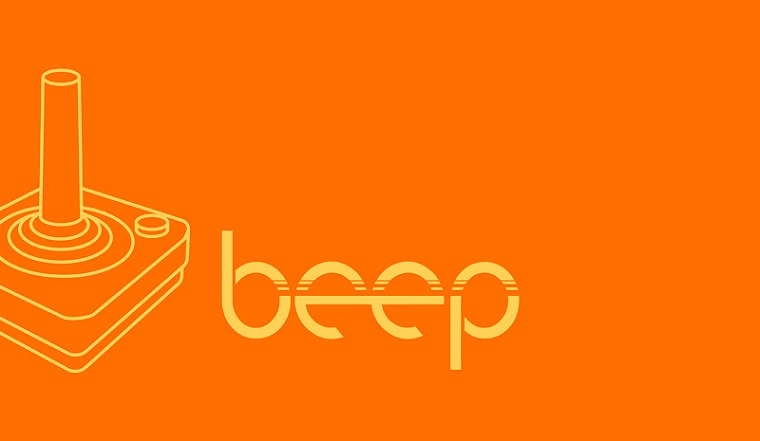
A film is also a great way to get the subject in front of the eyes and ears of more people. Many people are willing to invest an hour or two on watching a film, but it’s harder to get people to invest in reading an entire book.
I knew there would be a core fanbase of people who are obsessed with this topic (like me!), but I wanted to reach out to a much wider audience. A film is a great way to do that, and I’m already hearing from non-audio-focused game developers that it’s changed their perspective on the importance of sound in their games.
Over the last decade or so doing game sound-related research, whenever I told someone I was studying game sound, they’d almost inevitably say something like “Oh, you mean like Pac-Man?” There are so many people who don’t realize how much sound has changed over the history of games, and why games sounded like they did back in the 80s. I’m hoping to guide those people along through that history, and share the passion I have for game sound.
Documentary Drive: The crowdfunding campaign for “Beep” raised over $61,000 CAD. Were you surprised by how successful it was?
Collins: I was somewhat surprised by the success of the Kickstarter campaign. It’s quite nerve-wracking picking a goal amount to set—it’s a bit of a gamble really, since you never really know for sure what kind of response you can get. But I think we were in the right place at the right time. There is a lot more attention being paid to game music in recent years, with vinyl releases and more award ceremonies. Chip music and retro games more generally are seeing a big surge in popularity. We felt that there was definitely an audience out there for a film like “Beep.” But Kickstarter is also a huge amount of work, and we put a ridiculous amount of time into making sure that the campaign would be as successful as possible by reaching out to a lot of press and contacts that we had built up over years of working in games, journalism, and music.
We got really lucky by being a Kickstarter selected “Project of the Day” early in the campaign, and that gave us a huge boost in visibility. We also worked really hard to make sure people felt like they were not just “buying a film,” but joining us on the journey, being part of a community of people who wanted to see this film happen.
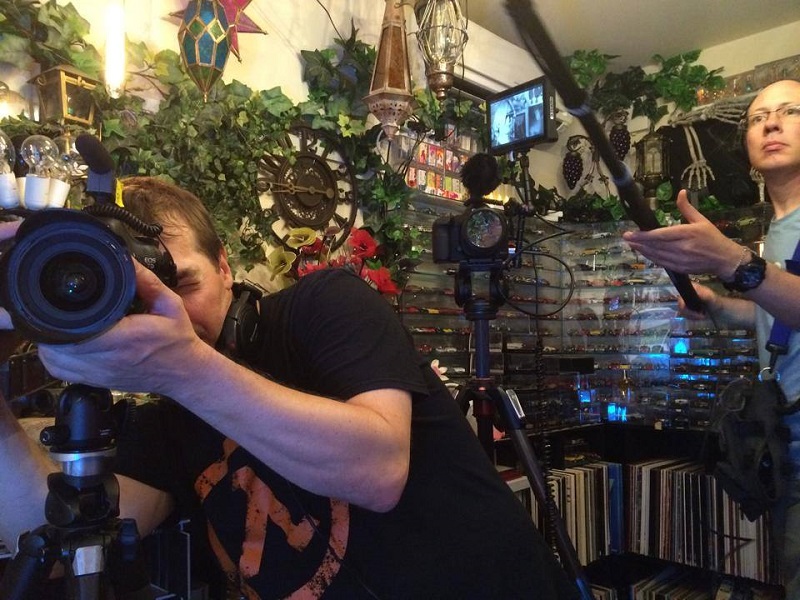
Documentary Drive: On the film’s Kickstarter page, you mention that one of the most challenging aspects of making “Beep” was going to be the process of obtaining the rights to include older games and audio in the film. How did that go?
Collins: Rights were definitely a challenge. First, just finding rights holders—a lot of companies went out of business and the rights were bought out by another company, and then bought and sold again and again. Second, trying to deal with rights clearances for Japanese companies, when we had language barriers to deal with, was quite difficult too. We definitely had to pull some content that I would have liked to have shown, but we just didn’t get the clearances for. We also made sure that what we did use definitely fell within the “fair use” guidelines, just in case there are questions that come up in the future. It took about a year to track down and attempt to clear everything. It’s really a shame that fair use as a concept isn’t more secure and clear, because it stifles the ability to talk about certain subjects if you can’t show archival footage, for instance. I think we found the right balance, but I definitely would have liked to have used more game footage in the film. There are games that we just couldn’t use—”Super Mario” being the obvious one—because of rights issues.
Documentary Drive: It would be an understatement to say that you traveled a lot during production. Did you have a favorite experience while making the film?
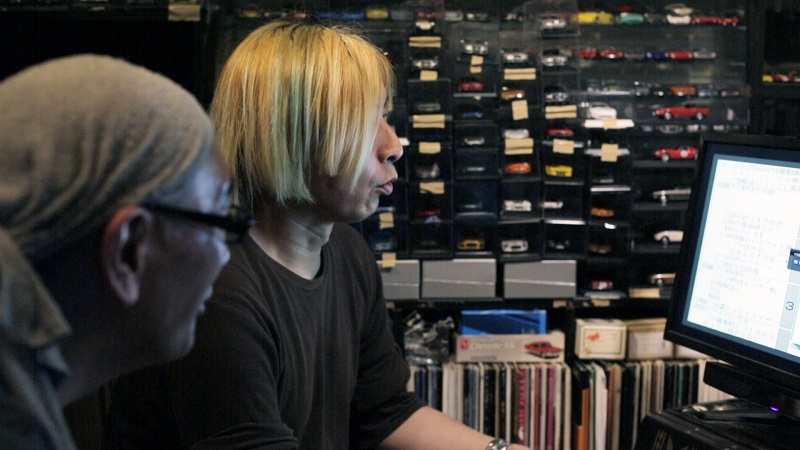
Collins: There are many highlights from the travels! We went all over the States, Canada, the UK and Japan, and each had its own scene and own vibe. One of my favourite stories was visiting the home of Yuji Takenouchi (also known as “Techno-uchi”) in Tokyo.
We dragged our gear for about twenty minutes from the subway station through these back streets of Tokyo and came to his house, which was decorated floor to ceiling, wall to wall, every inch, with tiny models of cars, birds, plants, and memorabilia. We were afraid to move!
Takenouchi-san insisted on sitting on a large trunk and holding a huge sword, while wearing light-up laser eye goggles. The room was tiny, and I was standing out in the hall yelling questions in to the interpreter, while my camera guy, Matt, couldn’t even get behind his camera to see what was being shot (luckily he had external monitors). The whole experience was just so surreal, and somehow just very Japanese as far as Otaku (geek) culture.
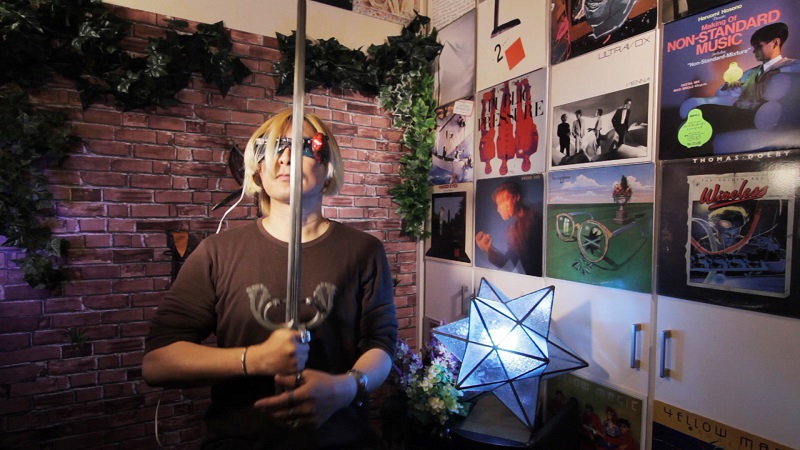
A really meaningful interview for me was with Brad Fuller, who was an audio director at Atari for 14 years. Brad had cancer and was in chemotherapy when we interviewed him. I’d known him already for about ten years, so considered him a bit of a friend, and although he was positive about his outcome, he was clearly very sick. We sat for hours in his hot attic office to try to get as much recorded as we could. We had to keep stopping to cool off the sensors on the cameras, it was so hot, but I think it was really important to Brad to tell his stories.
He later asked us not to release some of the stories, because he felt they were too personal, but it’s nice to have those for his family or close friends to have as a record. He passed away in January, so it means a lot to me that we were able to capture those stories and save them.
To me, that’s what “documentary” filmmaking is for—it’s a way of documenting the present, a moment in time, and sharing that with others. I think we often overlook how important the present is until we’re 20 years down the road, and looking back. I think we should take more time to document what we’re doing now, so we don’t lose these great stories.
Documentary Drive: What types of qualities make for a good game sound designer? As you interviewed people throughout the industry were there any reoccurring characteristics that stood out to you?
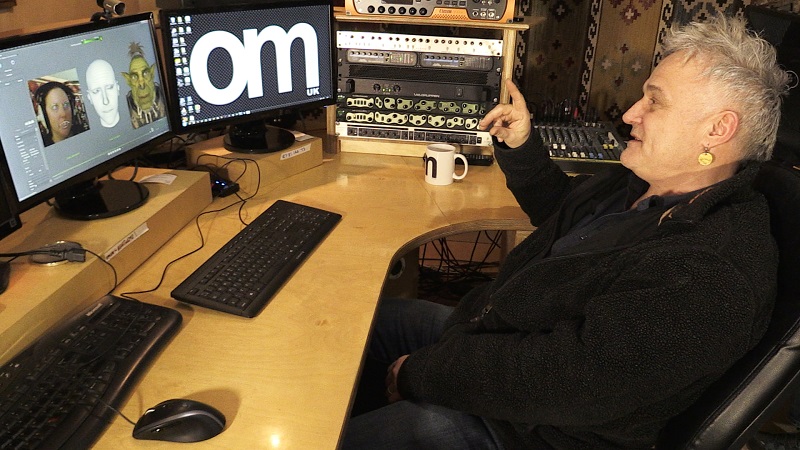
Collins: I think the difference between the sound people who work in film and those in games is that you really have to love the technology to work in games. You can’t really separate the technology from the creative process.
You have to work quite closely with the software and tools available, and those tools are always changing, sometimes quite dramatically (consider, for instance, not just how much computer games have changed but also the introduction of smartphone and now VR technology). You have to constantly be keeping up with the latest trends.
As far as game development goes, the sound people probably spend the most time alone—in some dark studio without windows somewhere. I think that only certain types of people are attracted to that kind of life, and only certain types of people can stick with it. It can be a bit lonely compared to being on the development floor with the rest of the game team. It also can tend to be quite masculine—as other areas of games are, but the kind of rhetoric around the “sound guy” stigmatizes a lot of the job as male. I still see ads literally asking for a “sound guy.” There’s lots of women working in game audio now, and we’re working to try to encourage more and change the perceptions.
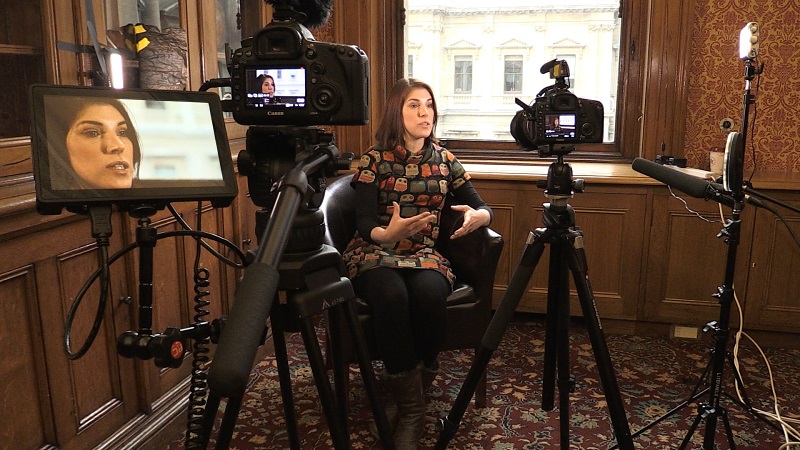
Documentary Drive: The film touches on some of the challenges faced by those early on in the game audio industry. Do today’s designers and composers still face some of the same issues as they did back then or have the challenges evolved into something entirely unrecognizable?
Collins: I think there’s a bit of both new challenges and the same old challenges recurring. The overall arc of the “Beep” film is the changing role of technology and its influence on creativity. The early days had these massive constraints as far as what you could do to make sound. The actual sounds possible that you could create on the device (the waveforms), the number of simultaneous sounds you had available (polyphony), the memory constraints—all of these have changed, but they keep coming back.
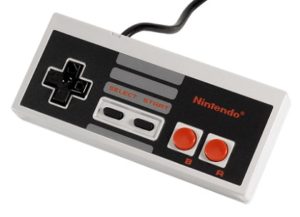
The history has repeated on mobile devices and the web. But one of the things I found most interesting is that a lot of the composers we spoke to that started back in the 80s or early 90s preferred the early days.
There’s something about those really tight constraints that appealed to the people who stuck around in the industry. They felt that they could be more creative, and had more freedom, when they were so limited in terms of what they could do. Now you can have any sound, any number of sounds you want, in multichannel surround sound, with full orchestras, but they miss the challenge, the puzzle of figuring out how to fit their melody into 3 kilobytes.
The challenges now tend to be less about the technology, and more about time and budget constraints. And there are still creative challenges about composing music for indeterminate amounts of time and how to deal with player interactivity as far as music response. These aesthetic challenges have been there since the start, but there are more general practices and rules that have been established now, so I think it’s gotten a bit more formalized as far as process.
Documentary Drive: What were some of the video games that had an impact on your decision to pursue a career in sound design and game sound, and why?
Collins: I keep going back to the early games that I played. I’m really attracted to the older synthesizer sounds, probably it’s a bit of nostalgia, but also I just really like that sound! The old Atari 2600, for instance, because of the way the sound chip was set up was basically always out of tune, and had this almost sci-fi aesthetic to it because of that. I’m sure my attraction to weird electronic music as well as science fiction music and sound came right out of my years spent sitting in front of that machine.
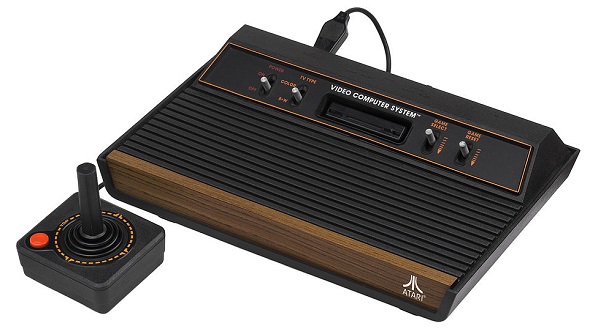
But the stand-out game for me is probably “Metroid” on the original Nintendo.
The music in that was really atmospheric, really different from the kind of cheerful “background” music of most games. I was a bit of a moody kid, so that kind of darkness appealed to me, and really stood out.
For probably the first time in my life, I realized how important the sound was in a game.
I was a bit obsessed with video games as a child. I still remember the feeling of walking by an arcade and hearing the sounds coming from inside. They were dark spaces, and smoky, and as a girl it was very much a “forbidden” space, so I didn’t go into arcades all that often except with my brother maybe, but I’d play games whenever they were around in other venues—grocery stores, cafes, and the like. Often these had the sound turned off or turned way down, because of the atmosphere of the venue, but I can remember missing the sound, feeling its absence.
Playing games at home I could really get absorbed in the sound, and I can remember that “residue” that they create, when you go to bed later and the sounds are still playing in your head. I think that’s why the sounds hold such a nostalgia for people—they resonate long after the game is over. It’s more powerful than sight, in my mind. It’s closer to smell, and how a smell can suddenly transport you into a memory.
Watching the film at a few screenings now, I can hear the audience sort of have this intake of breath when they hear a familiar game—it’s that instant transportation back to our childhood that takes place, that’s just so wonderful and endearing.
Another series of games I played a lot when I was a teenager was the LucasArts and Sierra-style adventure games—”Indiana Jones,” “Monkey Island,” “Leisure Suit Larry”—I was a huge fan of those games, and they had remarkably complex music systems built into the games that was not just straight music, but an entire system of logic that determined how and where the music should play. They were really advanced for their time.
For me, my interest has always been about the relationship between sound effects and music and how these integrate. I love sounds that are in the margins, so you’re not sure if something is really music or sound design. I think more recent games like the “Dead Space” series do that really well. Jason Graves, who wrote some of the music for the extended cut of our film, wrote a lot of the music for the series, and it’s really aleatoric and quite sparse, quite minimal. It’s very much like little sound effects that just come in and scare you then disappear, rather than a score in the traditional sense.
Documentary Drive: I’m a big believer that we never stop learning. As a game sound scholar, what’s one thing you learned from interviewing over 80 other game sound veterans?
Collins: For me the biggest surprise was just to find that processes, budgets, and attitude were so similar in Japan and the West. I had kind of held up Japan as a mecca for game music, and had the misperception that game music was much more respected and revered there. In fact, the composers we spoke to in Japan also felt that they were brought into the game development cycle too late, that the budgets were too small, that they were creatively being held back by processes in the industry. They had the same struggles as I heard from composers in the US and UK. The mass of fans that I had in my mind was more a small group of geeks that were just really obsessed with game music, not so much a part of popular culture as I had envisaged, and I was really surprised by that.
Although I’d been going to the Game Developers’ Conference for ten years and hanging out with a lot of game audio folk, I’d never really got the opportunity to sit down with them for an hour or two and just talk about their work, their process, their craft. For me, the best part of the project was probing into those kinds of questions in an in-depth way.
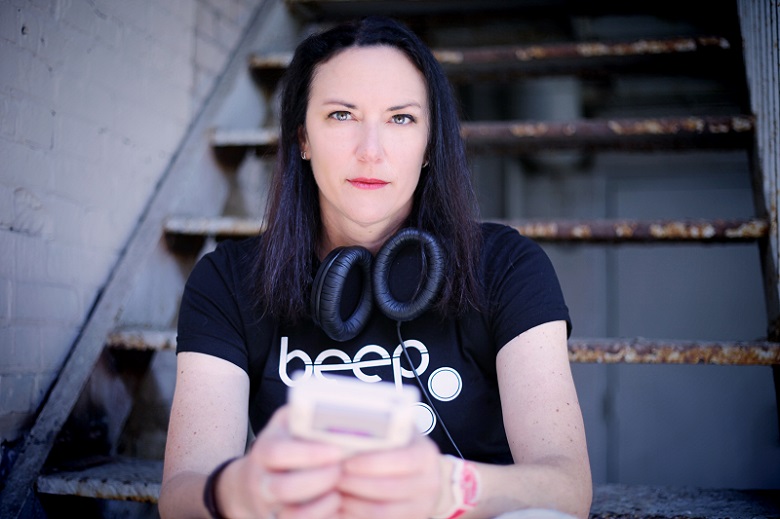
Interviewing some people I had never before, I often left feeling I’d made a friend. James Hannigan is a great example of that. I felt like we had a connection, a really intellectual discussion about the role of sound and music in games, what it’s all for. The deeper philosophical questions that aren’t the kind of thing that come up in everyday conversation.
I really enjoyed the conversations I had with everyone we interviewed. Sometimes I’d get a little nerdy and know that it would never be material that would end up in the film, but just got caught up in a really great conversation. I think the people we interviewed, too, really appreciated the opportunity to reflect back on their careers, and not just answer the usual journalist’s questions about their latest game project, but really delve into what they do and why.
We’re releasing all of the content from the interviews in a number of ways so that the material doesn’t go to waste—we’re releasing the individual interviews, edited down. Some of these are already on our website (www.beepmovie.com), and then I’ve transcribed all of the interviews for a two-volume book series, so you can read and search the content.
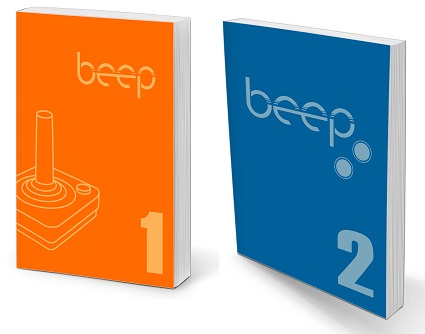
But I’m also now trying to raise funds to build an online interactive version of the documentary, so you can find a non-linear path through the content, based on what you’re particularly interested in.
Our composer, Leonard J. Paul, has built a procedural music system for the score, which means basically you set up rules and sounds in a program and then let the computer make some decisions by randomizing some rule-sets, generating the music in real-time. We hope to build some educational models so people can play with the score, and play with the sounds of the early games and see how they worked. So the project is far from finished!
Documentary Drive: And finally, “Beep” is destined to become a favorite film for sound professionals, students, and a must-watch for gamers everywhere. For those with less exposure to the gaming world though, what do you hope they take away from the film?
Collins: For me, the relationship we have to sound is the most important aspect of the story we’ve told in “Beep.” Sound is so often overlooked as such an important part of our day to day existence, and our relationship to media. Without sound and music, we lose the emotional connection to our media, whether it’s a film or game. But I teach sound for media, and I’m still surprised how little people know about and talk about sound. It should be just as important as visual art in the school curriculum. I hope that people will listen a bit more, appreciate sound a bit more, and appreciate the work that goes into making the great experiences we have with film and games.
To learn more about “Beep,” visit beepthemovie.com and follow the film on Twitter and on Facebook.“Beep” screens July 10th at the Melbourne Documentary Film Festival. Tickets are available through Moshtix.
Additional festival information online at: mdff.org.au / @mdffest / MDFF Facebook Group

